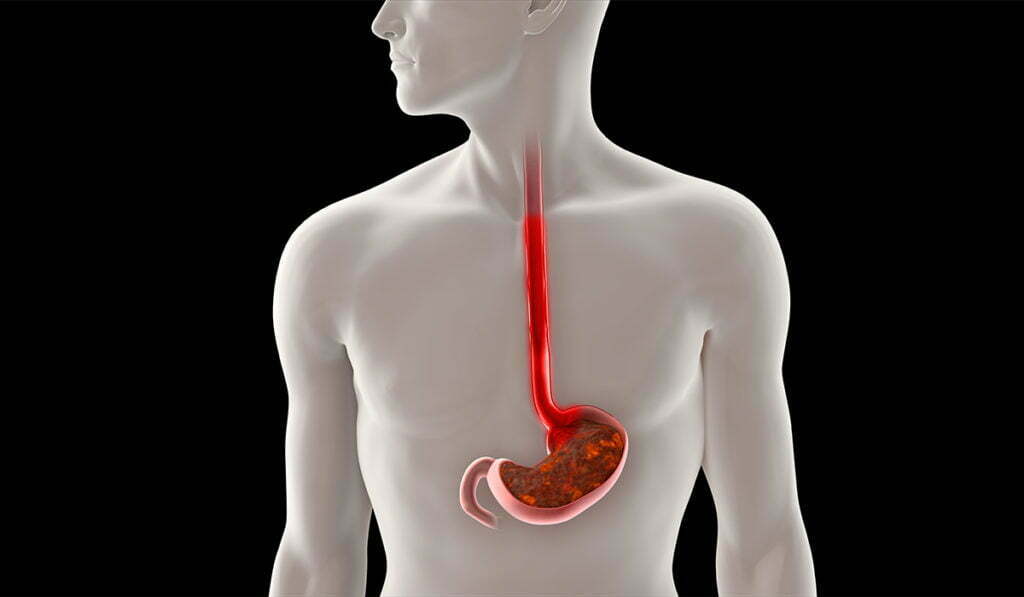Everything You Need to Know About Acid Reflux and GERD
Acid reflux happens when contents from your stomach move back up into your esophagus. This action is also called acid regurgitation or gastroesophageal reflux.
If you have symptoms of acid reflux more than twice a week, you might have a condition known as gastroesophageal reflux disease (GERD).

Symptoms & Diagnosis
Symptoms
Everyone has experienced gastroesophageal reflux. It happens when you burp, have an acid taste in your mouth or have heartburn. However, if these symptoms interfere with your daily life it is time to see your physician
Other symptoms that occur less frequently but can indicate that you could have GERD are:
• Acid regurgitation (retasting your food after eating)
• Difficulty or pain when swallowing
• Sudden excess of saliva
• Chronic sore throat
• Laryngitis or hoarseness
• Inflammation of the gums
• Cavities
• Bad breath
• A recurrent or chronic cough
• Chest pain (seek immediate medical help)
Diagnosis
Several tests may be used to diagnose GERD including:
• X-ray of the upper digestive system
• Endoscopy (examines the inside of the esophagus)
• Ambulatory acid (pH) test (monitors the amount of acid in the esophagus)
• Esophageal impedance test (measures the movement of substances in the esophagus)
Treatment
f you have both GERD and asthma, managing your GERD will help control your asthma symptoms.
Studies have shown that people with asthma and GERD saw a decrease in asthma symptoms (and asthma medication use) after treating their reflux disease.
Lifestyle changes to treat GERD include:
• Elevate the head of the bed 6-8 inches
• Lose weight
• Stop smoking
• Decrease alcohol intake
• Limit meal size and avoid heavy evening meals
• Do not lie down within two to three hours of eating
• Decrease caffeine intake
• Avoid theophylline (if possible)
